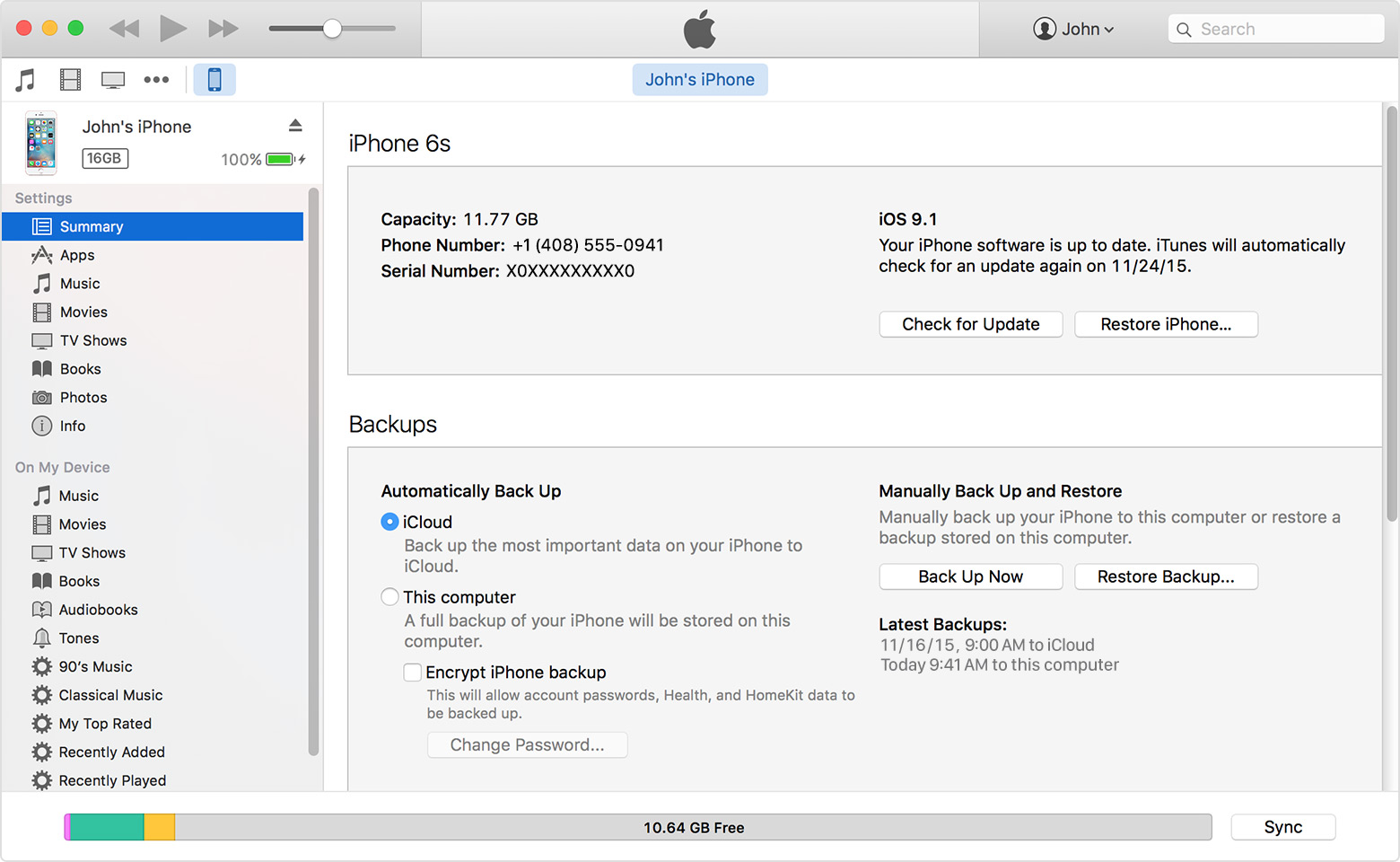- Mac Photo Library Management
- Backup Mac Photo Library To Icloud
- Mac Backup 10.4
- Backing Up Photos From Mac

- Mar 10, 2019 While there are options to keep your Mac from running out of space, like optimizing your photo storage if you use iCloud Photo Library, it comes at a cost: Without a fully-stored Photos library, you won't be able to create secondary backups of your images and video. (And as good as iCloud has become, your photos and video are precious enough that they're worth keeping backed up in multiple places.).
- Feb 21, 2020 If you didn't create a backup of Photos Library in the Time Machine, you'll need Mac data recovery software to help. We recommend you try EaseUS Data Recovery Wizard for Mac which supports to recover photos from corrupted Photo Library and even worse situations.
Your Photos library holds all your photos, albums, slideshows, and print projects. If your library is large, and you want to free up storage space on your Mac, turn on iCloud Photo Library and use Optimize Mac Storage, or move your library to an external drive.
Mac Photo Library Management
Thanks to a combination of manual upload through the Prime Photos site, the Amazon Drive + Photos app for Windows and Mac computers, and mobile apps for iOS and Android, it’s absolutely trivial to get your photos into Prime Photo and keep them up to date. Let’s take a look at each method, starting with the no-software-needed manual way.
Before you start, be sure to back up your library.
Prepare your drive
You can store your library on an external storage device, such as a USB or Thunderbolt drive formatted as APFS or Mac OS Extended (Journaled).1 Find out how to check the format of your external storage device.
To prevent data loss, Apple doesn't recommend storing photo libraries on external storage devices like SD cards and USB flash drives, or drives that are shared on a network.
Move your Photos library to an external storage device
- Quit Photos.
- In the Finder, go to the external drive where you want to store your library.
- In another Finder window, find your library. The default location is Users > [username] > Pictures, and it's named Photos Library.
- Drag your library to its new location on the external drive. If you see an error, select your external drive's icon in the Finder, then choose File > Get Info. If the information under Sharing & Permissions isn't visible, click , then make sure the 'Ignore ownership on this volume' checkbox is selected. If it's not selected, click to unlock it, enter an administrator name and password, then select the checkbox.2
- After the move is finished, double-click Photos Library in its new location to open it.
- If you use iCloud Photo Library, designate this library as the System Photo Library.

Delete original library to save space
After you open your library from its new location and make sure that it works as expected, you can delete the library from its original location.
Backup Mac Photo Library To Icloud
In a Finder window, go back to your Pictures folder (or whichever folder you copied your library from) and move Photos Library to the trash. Then choose Finder > Empty Trash to delete the library and reclaim disk space.
Open another Photos library
If you have multiple libraries, here's how to open a different one:
- Quit Photos.
- Press and hold the Option key while you open Photos.
- Select the library that you want to open, then click Choose Library.
Photos uses this library until you open a different one.
Use multiple iTunes libraries on Mac. You can have more than one iTunes library. For example, you could have a library of holiday music that wouldn’t appear in iTunes the rest of the year. Or you could keep your music in a library on your computer and your movies in a library on an external storage device. 
Learn more
Mac Backup 10.4
If you have a permissions issue with your library, you might be able to resolve the issue by using the Photos library repair tool.
1. You can't move your library to a disk that's used for Time Machine backups.
Backing Up Photos From Mac
2. If the volume isn't formatted APFS or Mac OS Extended (Journaled), or has been used for Time Machine backups but hasn't been erased, this checkbox will either not be present, or won't be selectable after unlocking. Erase and reformat the drive for this option to be available.